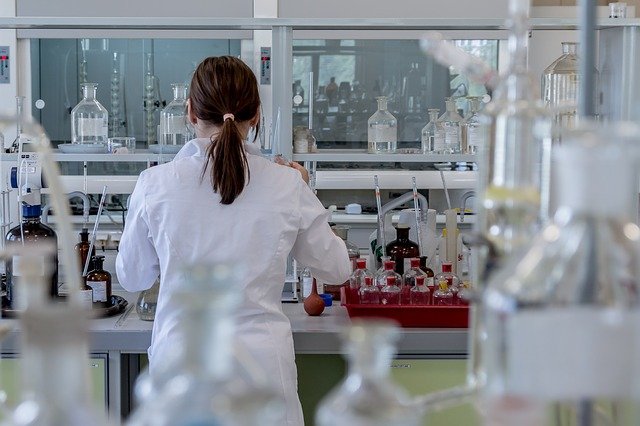Accessing necessary health care is just one of the many challenges faced when you’re without a home, but there are options available to make sure that you get the care that you need.
First, understand that you’re not alone: More than half a million people in the U.S. don’t have access to reliable housing. Whether you’re going through this for the first time or it’s a situation you’ve faced before, it can feel overwhelming to figure out where and how to get medical treatment.
For many, the solution is a visit to their local emergency room. Unhoused patients are three times more likely to visit the ER than other Americans, and the use of ERs by people experiencing homelessness rose by 80% over the last decade.
There are also community health centers. Medicaid and Medicare also play a role.
Your housing status should not prevent you from getting primary care. It’s important to have a primary care doctor regardless of where you live so you can get vaccines, screenings for cancer and other conditions, and disease management.
Beyond the ER
Emergency rooms are not the only place where you can get care. The federal government funds Health Care for the Homeless projects in every state, serving more than 1 million people a year. In addition to primary care and mental health treatment, these centers have also provided testing and vaccinations for COVID-19 since the start of the pandemic.
“Health Care for the Homeless centers are a vital safety net for this population,” says Anna Bailey, JD, a senior policy analyst with the Center on Budget and Policy Priorities. “They specialize in serving people experiencing homelessness, and they really understand all of the challenges. In addition to providing clinical services, a lot of them also provide behavioral health care, and they are typically working closely with homelessness providers in their community.”
Health Care for the Homeless centers get special federal funding specifically for treating people who don’t have housing. These centers are part of a larger network of clinics that include community health centers and migrant health centers, all of which operate in and for underserved communities.
These centers provide emergency health care, treatment for chronic conditions, mental health care, and preventive care using a sliding fee scale. Those with incomes below the poverty level ($12,800 for an individual) don’t have to pay anything for their care.
You can get information about where to find such health centers from any organization that serves the homeless or by using this tool from the U.S. Department of Health and Human Services. Some communities also have mobile health centers that provide treatment to people living on the streets or in shelters.
Getting Insurance
Having insurance can make it much easier to access health care. For people experiencing homelessness, Medicaid – the state-run insurance program for low-income people – is the best route for insurance.
“Many low-income and underserved populations feel like the emergency room is the only place they can go because they don’t have the resources to go someplace else,” says Craig Kennedy, president and CEO of Medicaid Health Plans of America. “The intent of Medicaid is to say, ‘You’re insured. You may not have money in your pocket to pay for a doctor’s visit, but please go to the doctor.”
Medicaid facilities can provide services beyond those found in many community health centers. Such services typically include surgeries, skilled nursing, and some behavioral health treatments.
You don’t need a permanent address to get a Medicaid policy. But you will need to get insurance through the state where you live. If you move to another state, you’ll need to get Medicaid from that state, although coverage from one state transfers to another for short-term visits.
Community health centers can help you enroll in Medicaid if you’re experiencing homelessness. Or you can fill out an application online through the Health Insurance Marketplace or your state Medicaid agency. Find the contact information for that agency here.
Community clinics and public city hospitals provide primary care (preventive care) for homeless people and others without insurance. There are social workers at these facilities who can help you fill out Medicaid and/or Medicare applications.
“We really want to see people go to those facilities and get enrolled in Medicaid and have that insurance that can allow them to have a regular source of care,” Kennedy says.
Finding Housing
Many of the medical problems that affect unhoused people reflect broader issues created by homelessness, Bailey says. Along with higher rates of illness, people experiencing homelessness die, on average, 12 years earlier than Americans with adequate housing. When you don’t have housing, there are often daily crises and challenges that make it much harder to manage chronic conditions.
“There is a lot that can and should be done to try to meet the urgent health care needs of people experiencing homelessness,” Bailey says, “but none of those are substitutes for housing, for making sure that people have a strategy to meet their basic needs and begin to prioritize their health.”

